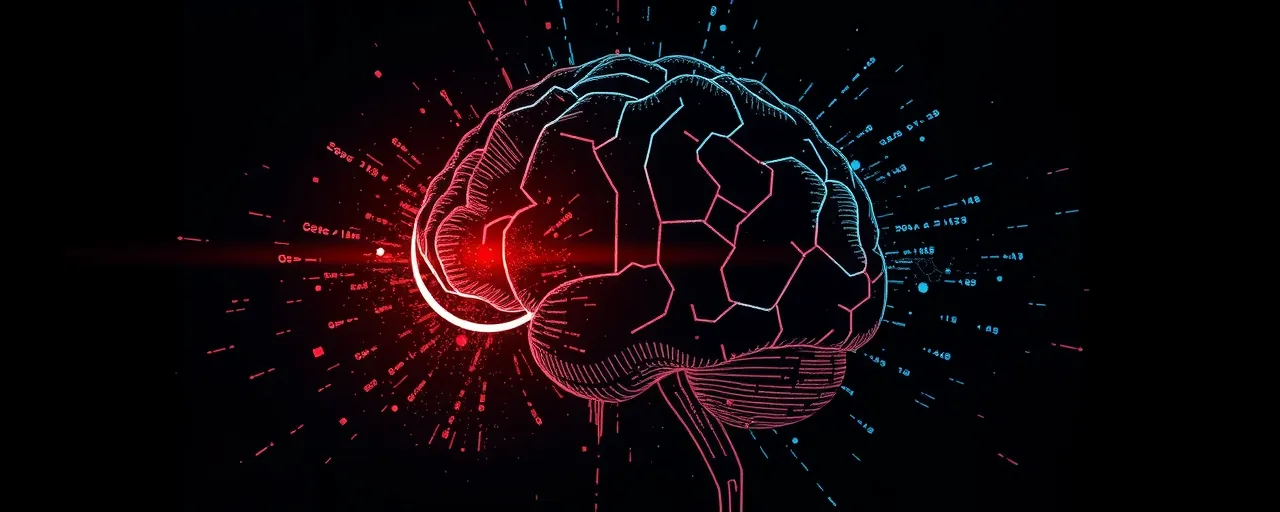A New Voice for the Silent
For individuals unable to speak due to paralysis or neurological conditions, the prospect of communicating again feels like a distant dream. Neuralink, a company developing brain-computer interfaces, is working to turn that dream into reality. In April 2025, the U.S. Food and Drug Administration granted Neuralink’s speech-restoring implant a Breakthrough Device designation, a move that accelerates its path to clinical use. The device, designed to translate neural signals into speech or digital commands, offers hope to those with conditions like locked-in syndrome or severe spinal cord injuries.
The FDA’s decision underscores the urgent need for solutions addressing severe speech impairments. By interpreting brain activity associated with intended speech, Neuralink’s implant could enable users to communicate through text or synthesized voices. This advancement builds on decades of assistive technology, from Braille to modern eye-tracking systems, each step expanding how people with disabilities interact with the world. Yet, as the technology races forward, it brings a tangle of ethical, regulatory, and accessibility questions that demand careful consideration.
How It Works and Why It Matters
Neuralink’s implant uses tiny electrodes inserted into the brain to capture neural signals. These signals, tied to the user’s intent to speak, are processed by algorithms and translated into digital output, such as text on a screen or spoken words via a synthesizer. Unlike earlier assistive devices like speech-generating tablets, which rely on physical inputs like eye movements, this technology directly taps into the brain’s activity. For someone unable to move or speak, this could mean expressing thoughts in real time, a transformative leap in autonomy.
The Breakthrough Device designation, part of a program launched in 2016, prioritizes technologies addressing unmet medical needs. It allows Neuralink to work closely with the FDA, speeding up clinical trials and potentially bringing the device to patients faster. The stakes are high: thousands of people in the U.S. alone live with conditions that rob them of speech, from amyotrophic lateral sclerosis to traumatic brain injuries. For them, the ability to communicate could reshape daily life, from reconnecting with loved ones to participating in work or education.
A Competitive Field of Innovation
Neuralink isn’t alone in this race. Companies like Precision Neuroscience and Synchron are also developing brain-computer interfaces to restore lost functions, with some already gaining FDA approvals for clinical trials. In 2025, advancements in the field have surged, including minimally invasive electrodes and AI-driven systems that translate neural signals into natural speech. A Chinese team recently unveiled a BCI boasting a hundredfold increase in efficiency, hinting at the global momentum behind these technologies.
These innovations extend beyond communication. Researchers are exploring BCIs for stroke rehabilitation, controlling prosthetic limbs, and even integrating with virtual reality for cognitive therapy. The potential to improve lives is immense, but so are the challenges. Ensuring devices are safe, reliable, and accessible to diverse populations remains a hurdle, especially in regions with limited healthcare infrastructure. The World Health Organization’s 2025 summit on assistive technology emphasized equity, highlighting the need to make such tools affordable and widely available.
Ethical and Privacy Concerns
As brain-computer interfaces advance, they raise thorny ethical questions. Because these devices access neural data, they touch on deeply personal aspects of identity and cognition. Unauthorized access to this data could lead to exploitation, discrimination, or even manipulation if devices are hacked. Long-term safety is another concern; implanted devices must remain functional for years without causing infections or other complications. If a company like Neuralink ceases support for older devices, patients could be left with obsolete hardware in their brains.
The debate over regulation is equally complex. Some argue that existing laws, like those protecting health data, can adapt to cover neural information. Others, including advocates in Chile, which has enshrined constitutional protections for brain data, push for new “neurorights” to address the unique risks of neurotechnology. In the U.S., discussions in Congress reflect a divide: some policymakers prioritize rapid innovation to help patients, while others call for stricter oversight to prevent misuse. Balancing these priorities is no small task.
Access and Equity in Focus
Even if Neuralink’s device proves effective, questions of access loom large. Assistive technologies, from hearing aids to advanced BCIs, often carry high costs, putting them out of reach for many. In the U.S., programs like Medicare and Medicaid help cover some assistive devices, but coverage for cutting-edge technologies can lag behind. Advocates for disability rights emphasize that innovations must be paired with policies ensuring affordability and availability, particularly for low-income or rural communities.
Globally, the challenge is even starker. The World Health Organization estimates that over a billion people need assistive technology, yet access remains limited in many regions. Neuralink’s implant, with its sophisticated design and surgical requirements, may initially be available only in wealthier nations, potentially widening existing disparities. Efforts like the WHO’s GATE initiative aim to bridge this gap, but scaling up access to neurotechnology will require coordinated investment and innovation in low-cost solutions.
Looking Ahead
Neuralink’s FDA designation marks a pivotal moment for brain-computer interfaces, signaling both the technology’s promise and the hurdles ahead. For those with severe speech impairments, the prospect of reclaiming their voice is a powerful motivator, driving researchers and companies to push boundaries. Yet, the path forward requires navigating a landscape of ethical dilemmas, regulatory complexities, and accessibility challenges. The decisions made now will shape not only the future of this technology but also how society balances innovation with responsibility.
As Neuralink and its competitors move toward clinical trials, the world will be watching. Patients, policymakers, and ethicists alike have a stake in ensuring that these advancements serve the greater good, offering tangible benefits without compromising privacy or equity. The conversation is just beginning, and its outcome will define what it means to connect minds with machines in the years to come.
